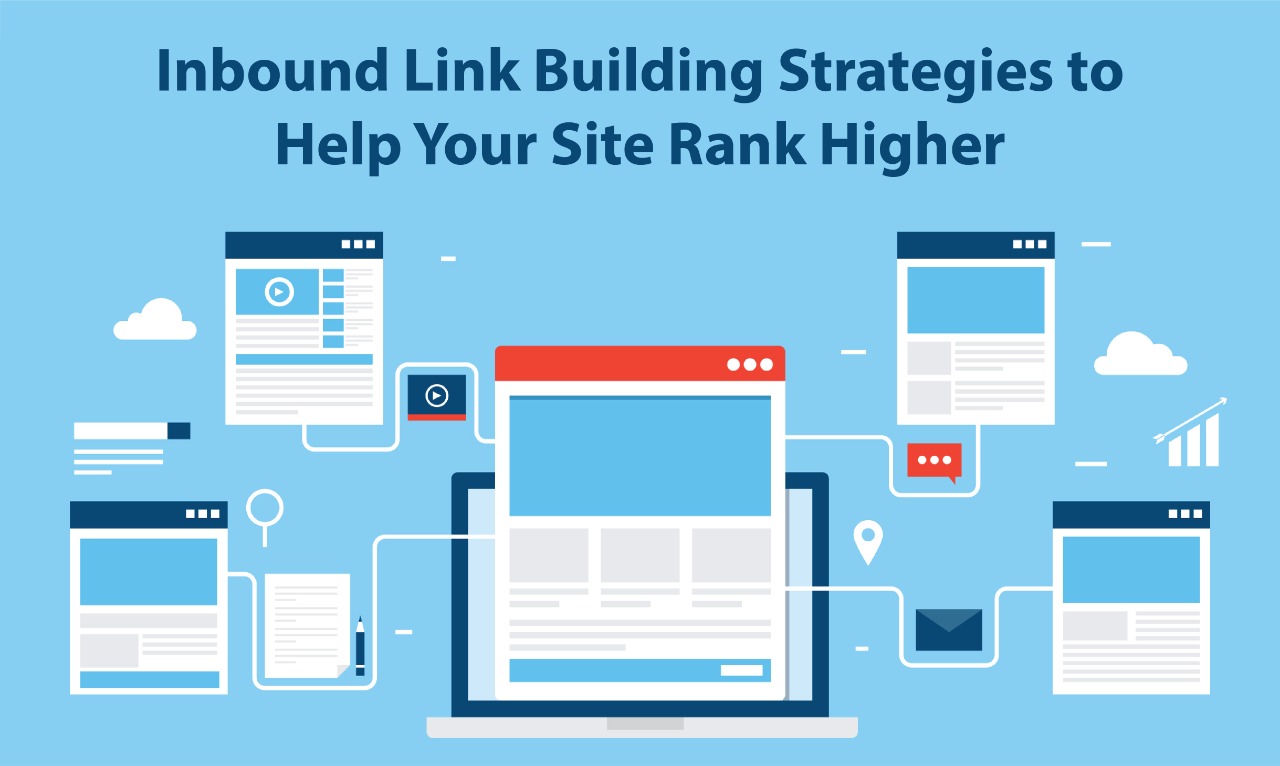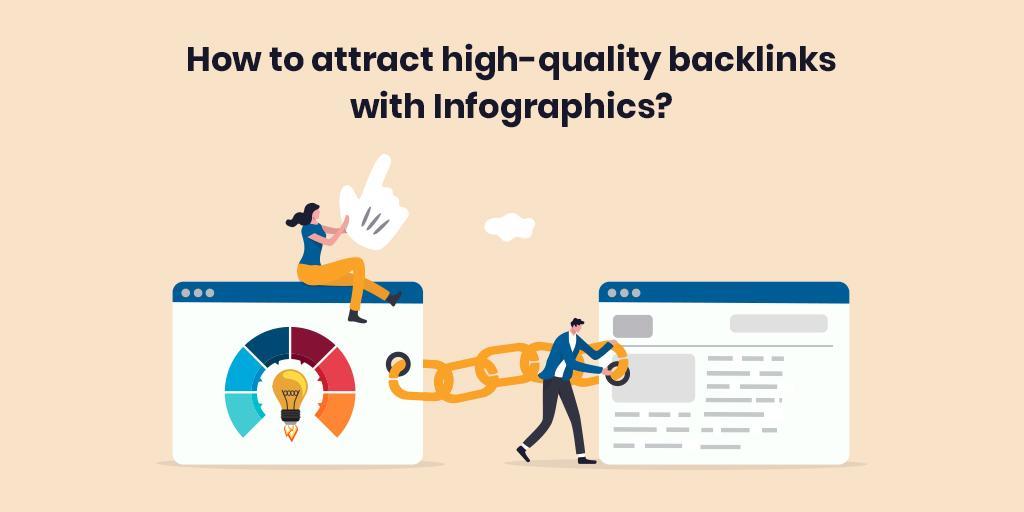Which Pages Should You Build Links To?
September 6, 2023
7 Black Hat Link-Building Techniques You Should Avoid
December 20, 2022
34 Inbound Link Building Strategies to Help Your Site Rank Higher
November 22, 2022
Here’s Why You Need an Agency for Link Building
July 19, 2022
4 Clever Link Building Tactics for Your SEO Strategy
April 30, 2022
How to attract high-quality backlinks with Infographics?
October 7, 2021
Organic Search still relies on links
April 19, 2021
How to Build Links Using Haro (Fast)
September 22, 2020









